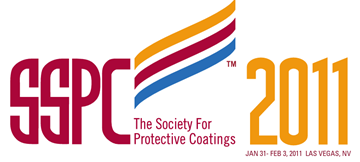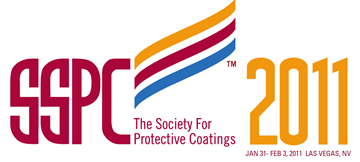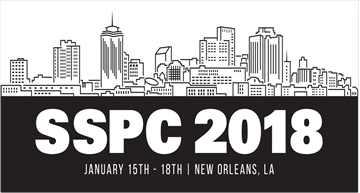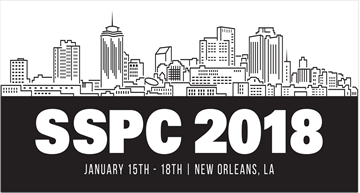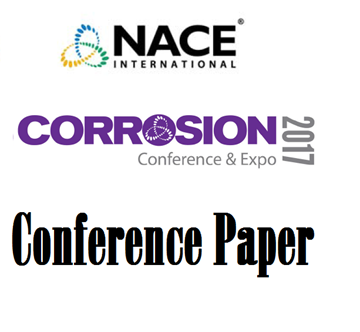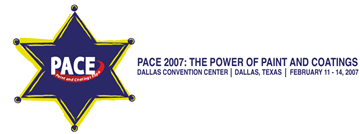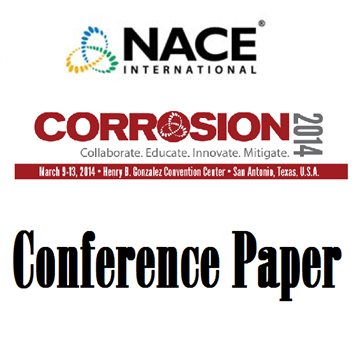Search
Products tagged with 'coating selection'
View as
Sort by
Display
per page
Coating Problems Faced by Commercial Building Owners
Product Number:
41211-657-SG
Publication Date:
2011
$20.00
Coating Systems Selection Concrete Masonry Unit (CMU) Block Walls & Buildings
Product Number:
41211-639-SG
Publication Date:
2011
$20.00
CONSIDERATIONS FOR SELECTING AND APPLYING LININGS IN LARGE DIAMETER COOLING WATER PIPE AND PENSTOCKS
Product Number:
51218-160-SG
Publication Date:
2018
$20.00
Corrosion Durability of Three-Coat and Epoxy Mastic Coating Systems after Adverse Environmental Exposures during Coating Repair
Product Number:
51218-145-SG
Publication Date:
2018
$20.00
Corrosion: The Destructive Stowaway on Marine Vessels Determining the Cost-Benefit of Protecting Marine Coating Systems
Product Number:
41215-930-SG
Publication Date:
2015
$20.00
Design Considerations for Corrosion Protection of Anaerobic Digesters in Wastewater Trestmant Plants
Product Number:
41215-916-SG
Publication Date:
2015
$20.00
Developing a Life-Cycle Cost Analysis Framework to Evaluate the Cost-Effectiveness of Hydroelectric
Product Number:
51317--9099-SG
ISBN:
9099 2017 CP
Publication Date:
2017
$20.00
Doing It Differently: The Impact of Off-Site Intumescent Coating Application
Product Number:
51220-292-SG
Publication Date:
2020
$20.00
Evaluation of Coatings and Linings for Wastewater Environments
Product Number:
41207-362-SG
Publication Date:
2007
$20.00
EXPECTED SERVICE LIFE AND COST CONSIDERATIONS FOR MAINTENANCE AND NEW CONSTRUCTION PROTECTIVE COATIN
Product Number:
51314-4088-SG
ISBN:
4088 2014 CP
Publication Date:
2014
$0.00
Expected Service Life And Cost Considerations For Maintenance And New Construction Protective Coating Work
Product Number:
51322-17616-SG
Publication Date:
2022
$20.00
Expected Service Life and Cost Considerations for Maintenance and New Construction Protective Coating Work
Product Number:
51324-20960-SG
Publication Date:
2024
$40.00

